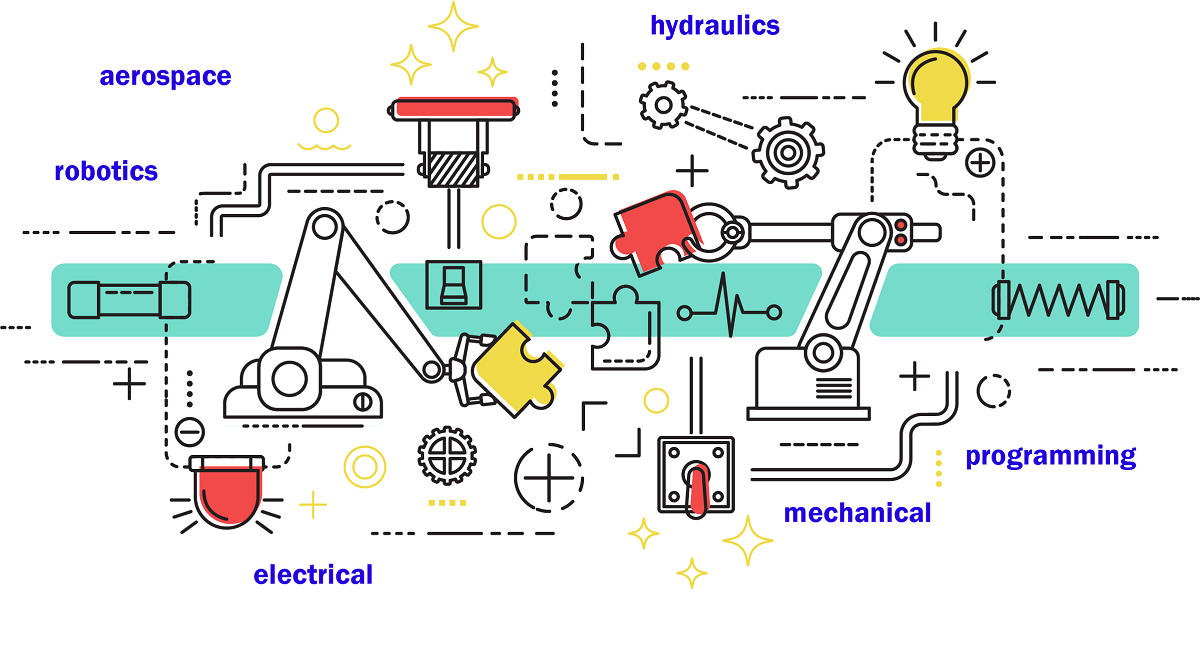
As educators strive to offer students a comprehensive learning experience, combining diverse subjects is a compelling choice such as integrating literacy and engineering. This dynamic integration fosters creativity, critical thinking, and problem-solving skills among others. Let's explore some benefits and examples of combining literacy and engineering, offering educators and students opportunities to venture into these domains.
Where Literacy and Engineering Meet
While literacy and engineering might seem unrelated, they actually complement each other. Both involve problem-solving, creativity, and effective communication. Literacy helps students express their thoughts, while engineering sparks innovation and hands-on learning. Combining these strengths creates a powerful educational mix that readies students for a rapidly changing world.
The Benefits of Blending Literacy and Engineering
Sharper Critical Thinking
When you bring together literacy and engineering, students get better at solving problems in different ways. For instance, think about making a simple machine like a lever. By reading about how levers work and then actually making one, students learn how to think creatively and solve challenges from different angles.
Clear Communication
Combining reading and engineering helps students explain their ideas really well. Imagine they're designing a model of a new playground. To show their plan to others, they need to write or talk about it clearly. This practice helps them get better at sharing complex ideas with ease.
Real-World Connection
Think about students who are engaged in a project focused on conserving energy. They'll need to research, understand how energy is used, and come up with smart solutions. This hands-on experience makes learning feel real and meaningful. It shows students that what they learn in class can be applied to important problems in the world.
Teamwork and Collaboration
When students work on projects that mix literacy and engineering, they often work in teams, just like professionals do. Picture students designing a model of a futuristic city. They'll need to work together to research, plan, and present their ideas. This kind of teamwork teaches them how to cooperate, share ideas, and communicate effectively – skills they'll use in their future careers.
Integrated Activities
Exploring Engineering Vocabulary (Grades 3-5)
Objective: Improve engineering vocabulary and comprehension skills.
Instructions:
1. Choose engineering-related terms appropriate for the grade level.
2. Provide students with short, engaging texts containing these terms.
3. Have students identify and explain the engineering terms in context.
4. Encourage discussions about how these terms relate to their daily lives.
Creating a Storyboard (Grades 6-8)
Objective: Combine storytelling with engineering design principles.
Instructions:
1. Introduce a scenario or problem that needs an innovative solution (like locating and rescuing survivors after a natural disaster).
2. Let students work in groups to brainstorm solutions and design a storyboard showing how their solution will function.
3. Each group presents their storyboard, explaining the engineering concepts they used.
4. Stress the importance of clear storytelling and visual representation.
Analyzing Innovations in Literature (Grades 9-12)
Objective: Explore the impact of engineering innovations through literary analysis.
Instructions:
1. Assign students a literary work that includes technological advancements (e.g., "Brave New World" by Aldous Huxley).
2. Have students analyze how engineering shapes the world in the literature.
3. Encourage discussions on ethical dilemmas posed by technological progress.
4. Ask students to relate the themes to current technological developments.
Blending literacy and engineering showcases the power of interdisciplinary learning. By merging these seemingly different subjects, educators empower students to excel technically, communicate effectively, think critically, and navigate today's complex world. As we look to the future, this harmonious fusion stands as a beacon of innovative teaching that prepares students to be true pioneers in every sense of the word.
For access to standards-aligned STEM curriculum, click here: MyStemKits.



